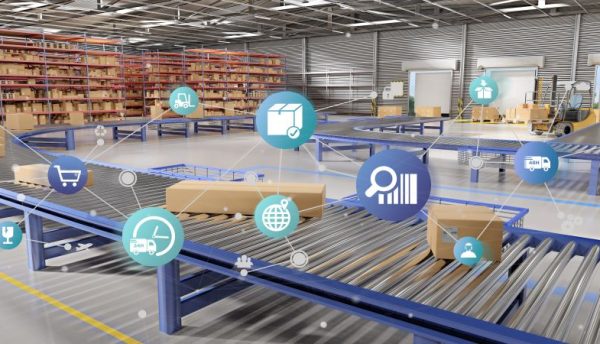As software-driven solutions take priority with companies embracing the cloud to introduce more agility into their business environments, Rentia Booysen, Business Unit Manager at South Africa-based value-added distributor Westcon-Comstor, tells us here the role a distributor is expected to play in lifecycle management.

Prior to the pandemic, technology lifecycle management generally referred to upgrading or replacing hardware. While an oversimplification, much of this came down to replacing a box with a better box. But the past two years have seen software-driven solutions take priority as companies embrace the cloud to introduce more agility into their business environments.
Of course, the cloud and ‘As-a-Service’ are not new concepts. However, traditionally minded decision-makers throughout the channel resisted an en-masse transition to this unique environment, especially regarding distribution and go-to-market strategies. Fortunately, the new normal of distributed work has been the catalyst the channel needed to push through legacy resistance finally and move towards a digital-first ecosystem.
This supply chain repositioning proves beneficial to all stakeholders, from vendors and distributors to resellers and the end customers. For the vendor, it is about creating value in the customer experience. And customers are expecting service providers to deliver a more enabling environment where digital distribution takes priority. There is now less waiting for stock to arrive and boxes to be shipped out and more focus on software downloads, seamless cloud updates, and the like.
Understanding digital
Invariably, recent times have resulted in distributors changing how they do business. Today, more attention is placed on data and analytics to better understand channel needs. These fresh insights also provide distributors with the means to reinvent the refresh rate and deliver solutions faster than ever.
Lifecycle management now entails a unique way of designing solutions, quoting and billing for it, and enhancing the channel’s system capabilities to deliver everything digitally. This has seen the introduction of more flexible systems that enhance partner education on solutions, provide them with self-service to manage their orders, deliver automated quotes, and provide additional collateral that informs and guides customers.
Distributors have had to turn the focus inward and invest in upskilling and reskilling staff to capitalise on more innovative digital tools. Thanks to digital platforms and reduced in-person engagements, even the way distributors sell have changed. Tying all these elements together is analysing data at scale for the distributor to deliver relevant solutions and capabilities for its partners. In turn, the benefits this provides can be passed on to customers. Things such as faster time-to-market, seamless software updates, patch management, and firmware upgrades can happen in the background, leaving everyone to focus on more strategic deliverables.
Evolving distributor role
Thanks to this resultant digitalisation, distributors, resellers, and other partners have access to more advanced technologies helping drive increased automation, self-service, and customer need. It is now a case of enabling partners to fully manage how they run the business, with the distributor providing the platform to do so in a user-friendly manner.
In the past, it was easy for the reseller to become a box mover in the process simply. They were merely the middlemen between the distributor and the customer. But thanks to Digital Transformation, they can now make changes that can enhance their roles in the process. The resultant value-add further improves the customer experience.
Shortages persist
Even though there is a massive shift to software-first, physical hardware devices still need to ship. And given the current global chip shortage, the impact on the channel is significant.
This is where distributors who have close relationships with vendor partners become critical. Having sight of potential shortages lets the distributor plan more effectively. And the ones such as ourselves who have international warehouses can shore up key products in the event of a crisis.
This extensive back-end planning means hardware orders can be prepared months in advance to align customer refresh rates with the lifecycle management on the partner side. In fact, relationships form a critical component in tying the entire value chain in the channel together. And with reseller partners now in a more empowered state thanks to self-service, personalisation becomes an invaluable differentiator. It provides peace of mind to customers that they will get the solutions they need as expediently as possible.
And in a world where uniqueness is ever important, the distributor’s role in the channel becomes the key to business success.
Click below to share this article






